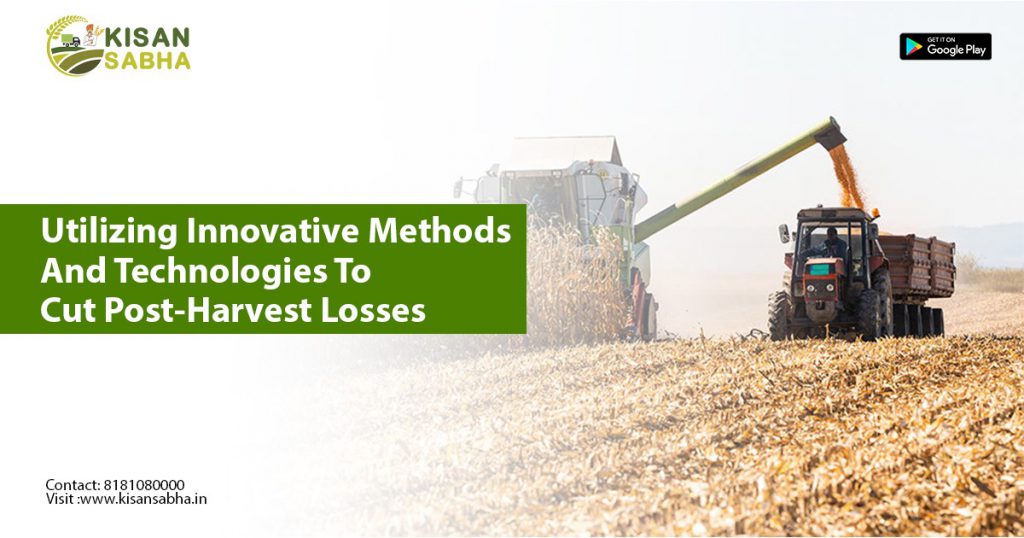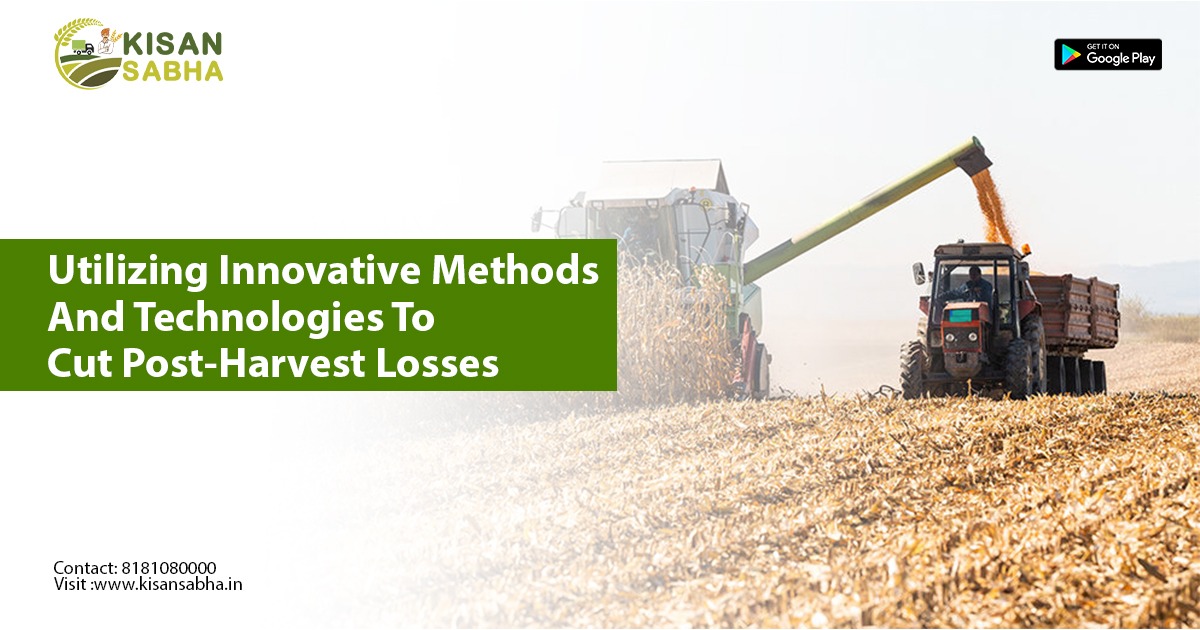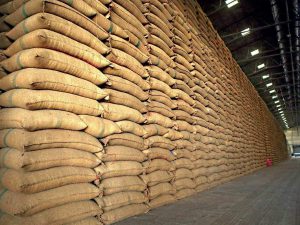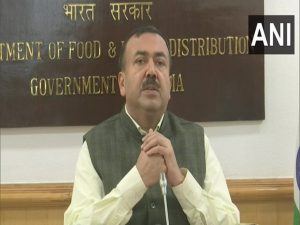Concerns over future food security are growing as a result of environmental burdens and population growth around the world. On the other hand, a lot of crops are thrown away after harvest without being used. The major causes of post harvest loss in poor nations are a lack of resources and technology for food distribution, storage, and processing (such as threshing, drying, and packaging).
The post-harvest process is a complex system with many moving parts. From seed chilling and sun-drying to cleaning and storage, there is a lot to take care of at each stage. Maximizing seed viability, vigour, and health is the first goal of any seed firm. Other important objectives for seed firms, from harvest through consumption, include increased productivity, increased profits, and decreased losses. Getting the most pure seed with the greatest chance of germinating is the ultimate objective of seed processing.
But this journey is not without its share of life-altering difficulties. According to studies, losses in the post-harvest sector for durables, semi-perishables, and goods like milk, meat, fish, and eggs are predicted to range from 10 to 25 percent. When it comes to fruits and vegetables, this percentage soars to 30–40%. Losses, whether related to food or others, can be reduced with timely technology intervention and a deliberate strategy.
The supply chain, location, climate at the time, the prevalence of pests, the use of technology (or lack thereof), and other factors all affect post-harvest losses and the phases at which they occur. These losses have left seed firms with limited quantities of low-quality seeds that are neither profitable nor palatable. Other significant difficulties that seed firms encounter include, but are not limited to:

Absence of digital records: Adulteration may be avoided by tracking and maintaining a digital record of important post-harvest processes such cleaning, drying, treating seeds, bagging, storing, and shipping. Data-driven technological advancements can: -Avoid instances of negligence and poor hygiene during processing, packaging, storage, and transportation
Provide customers with high-quality seeds that have low amounts of adulteration.
Lack of seed traceability: One of the biggest problems facing seed firms today is the lack of seed traceability. A technology package solution can help in
– Aid in the collection of agricultural data at crucial stages after seed harvest
– Develop end-to-end seed life cycle traceability.
– Make sure seeds are genuine and get rid of fakes
– Give consumers access to new markets while fostering their trust through seed-to-shelf traceability
Inadequate compliance procedures: Seed businesses frequently are unable to keep an eye on the compliance procedures and regulations in place when keeping seeds. Poor cleanliness might have an impact on seed nutrition and output quality. Here, a QR-enabled tool can:
-Set quality standards, stop counterfeiting (which affects around 30% of FMCG items), and make sure seed firms receive the best production possible.
-Make end-user traceability easier when necessary.
-Bring in transparency and cultivate customer trust while increasing ROI and profitability in the process.
Inaccurate inventory management is a significant problem that affects seed firms all throughout the post-harvest process. According to research, between 50 and 60 percent of cereal grains might potentially be lost during the storage phase. Technical inefficiency is the main offender. In sharp contrast, these losses can be lowered to as little as 1%–2% when adopting scientific storage techniques! The unsuspecting Hail Mary for seed firms might be utilising tools like SmartWare that can:
-Observe logistics and control the supply chain
-Record customer orders and promote inventory accuracy
-Make sure there is end-to-end tracking using tagging and improved visibility.
-Improve quality assurance, packaging standards, and marketability
Financial losses: By utilising technology in a timely manner, post-harvest waste may be reduced and costs can be saved. For example, mechanical reapers can boost productivity during the post-harvest phase. Mechanized drying can also aid in the drying of grains. Technology used strategically can guarantee both the processing of high-quality products and the observance of sound storage management procedures.
Conclusion
As a result, it is crucial to use technology to increase food security by lowering food losses for horticulture produce after harvest. The integration of supply chains from farm to fork is necessary for more effective and sustainable food supply chains, bringing profitable production to agriculture, learning how to reduce food waste, and ensuring nutritional security.
Visit us- www.kisansabha.in





